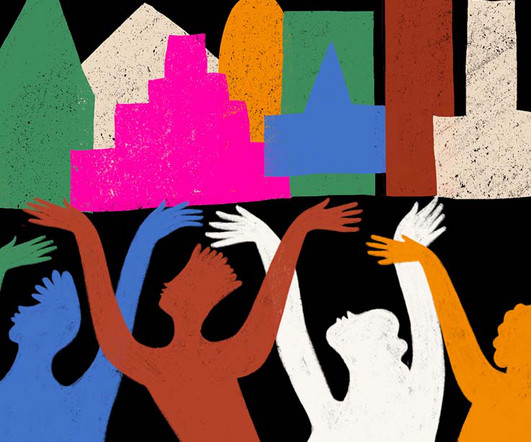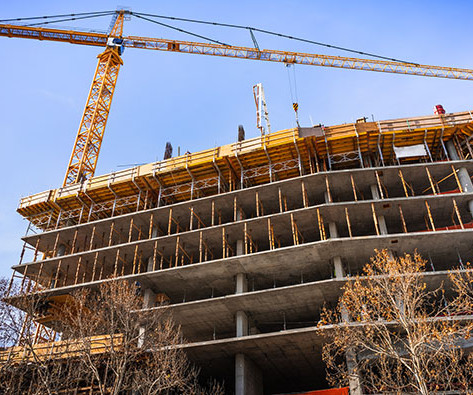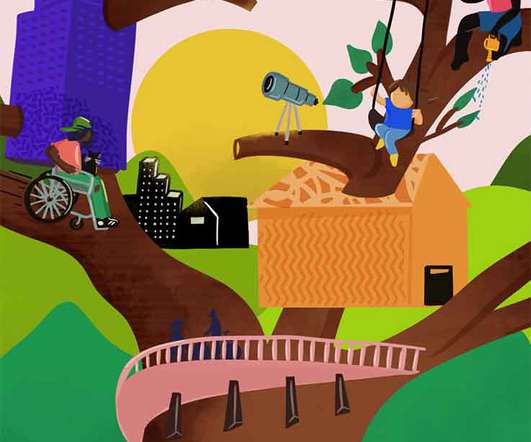We Must Be Founders
Stanford Social Innovation Review
MAY 6, 2024
Yet it is precisely at this moment, when democracy is being challenged from all sides, and when the limitations of our nearly 250 years of governing are coming to a breaking point, that we must rise up and fulfill this mandate. Trust in government is at near-record lows because none have yet delivered for all. This work is urgent.













Let's personalize your content